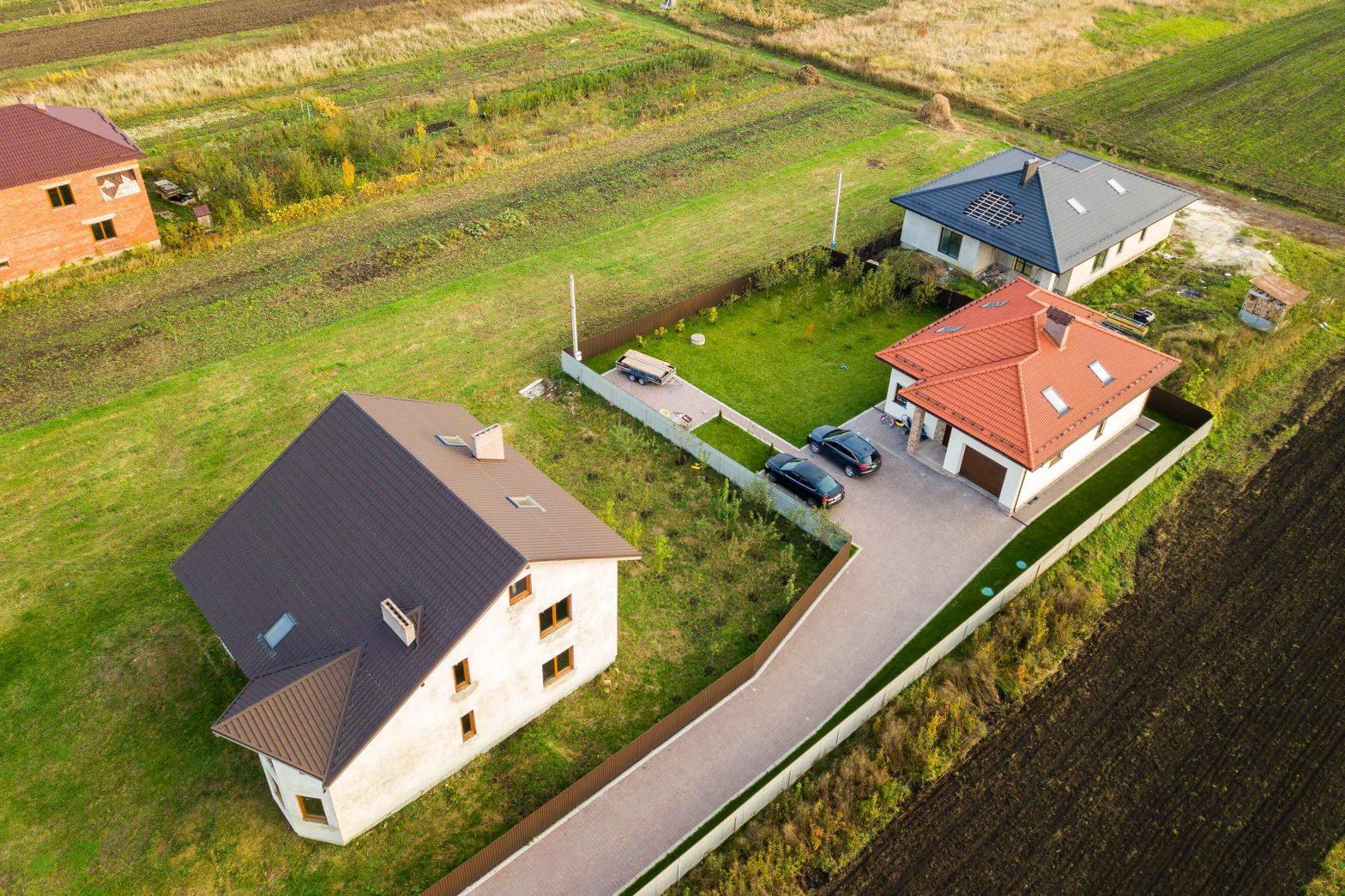Homeownership has been harder than usual in the United States with 1 in over 8 American adults, struggling with student loans and other financial hardships. Therefore, build-to-rent homes are in high demand, thereby proving to be a lucrative area for real estate investors to expand into in 2021.
What does the term Build-to-rent (BTR) refer to?
In the Built-to rent model, the real estate investors, developers, and builders join hands to build or purchase a stock of single-family homes in a given neighborhood. However, instead of selling them, they rent out these housing units.
The build-to-rent single homes are professionally managed and offer more square feet per area to their renters. It also offers several latest amenities like swimming pools, lawns, parks, tennis courts, walking trails, yards, landscapes, gyms, community spaces, and shared offices. Besides, renters can rent these units with no hidden costs and zero mortgages.
Although it is a hybrid between single-family rentals and multifamily projects, the BTR sector has gated rental communities. These housing stocks usually offer long-term rentals. Furthermore, such real estate models are typically owned by institutional investors.
Real estate Magazine observes that over 50,000 build-to-rent homes were constructed in the period between September 2019 to September 2020.
Which units can qualify under the Build-to-rent model?
- Small lot homes
- Duplexes
- Raw homes
- Horizontal Apartments
What are some of the benefits BTR provides?
· One out of every ten renters in the private rental housing market is affected by short-term leases. However, Build-to-rent homes offer tenures longer than 3 years and more.
· Typically, one out of every six renters has had their rents unfairly increased. But in build-to-rent housing, the rental rates are authentic and justified with additional amenities and exclusive property management.
How to invest in built-to-rent?
Real estate investors can opt for passive build-to-rent investments by:
1) Investing in a REIT: This is the most low-cost way to invest in BTRs. REITs build fresh units as well as acquire distressed properties.
2) Investing in the institutional builder that supports trading publicly: Preferring to invest in lesser or just a single developer plays a very diligent role in publicly traded brands having a taste of both BTR and property for sale.
3) Investing through a crowdfunding platform: You can invest in the BTR asset class through crowdfunding or private syndication deals.
Why is the demand for Built-to-rent growing?
The immense boost in the preference for build-to-rent owes largely to the following parameters:
- Affordability: An average American adult with a decent job and crushing debts of student and home loans cannot afford homeownership. Recent studies have shown, 92% of millennials are interested in being real estate investors. However, over 43% of this group have savings lower than $3,000 for their down payment. Furthermore, 48% of them can’t afford to purchase an investment property, owing to their student loans.
- Flexibility: Millennials are naturally attracted to convenience and flexibility. Therefore, flexible renting options and premium amenities without personal maintenance, make BTR a popular choice for housing among millennials.
- Tight Housing Inventory: The housing inventory has been at an all-time low over the past year. However, the demand for BTR rentals is soaring in the present year due to its low-range and middle-range rental options.
- Remote Work: COVID-19 has made remote work the new normal. Therefore, urban renters are shifting to suburban and rural areas for affordable, spacious housing. The BTR housing units in such low-density suburban markets with high multifamily occupancy rates perform the best. This is because they offer both natural exposure and community gardens alongside urban-like amenities.
How does Build-to-rent boost real estate investment opportunities?
The build-to-rent asset class offers attractive opportunities within a multifamily investor’s rental portfolio.
Typically, new rental properties have extremely low maintenance costs in their initial years. As a result, they boost their net cash flow. Build-to-rent properties also lease at a higher rent level thereby guaranteeing stronger yields.
Furthermore, if the investors undertake the projects in low property tax states, they generate a robust ROI.
Another great advantage for investors is the lower production costs of BTR homes. Standard build-to-rent units can save both time and construction costs. There are no changes in orders or customizations for buyers.
In addition to this, smaller investors and developers can secure easy financing for build-to-rent housing. This is because these real estate asset classes guarantee impressive ROIs and greater yields. Hence, the likes of Fannie Mae backed a 10-year, $1 billion loan to the largest single-family rental operator.
Besides all other factors of benefit, those investing in build-to-rent communities enjoy flexible exit strategies. They can sell to existing tenants or other residential investors. Furthermore, they can also sell out to larger companies that operate multiple single-family rentals.
Will the build-to-rent asset class boom in the near future?
The build-to-rent asset class is gaining traction among millennial rentals and both boutique and institutional investors. Not only does it provide a premium experience to its residents, but also allows the investors to generate a stable cash flow. Overall, with renting on the rise, build-to-rent homes are likely to stay here for good.

